Several cold knowledge you should know in chip industry
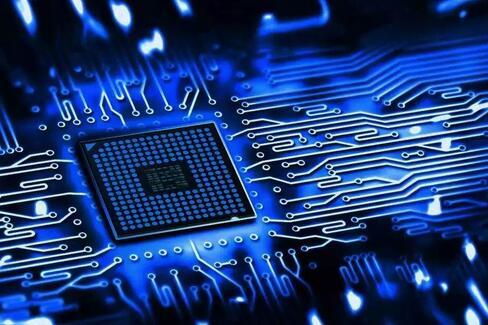
Recently, the "chip" has been screened, and behind the upsurge of attention to the chip industry, Chinese people are re-examining the development of the chip industry.
In fact, the domestic high-end general-purpose chip industry is still in its infancy, and there is still a big gap with the chip industries in Europe, America, Japan and South Korea. Behind the hot discussion, you may not know some cold knowledge. For example, every time a mobile phone manufacturer sells a smart phone, it must pay a part of the patent fee to Qualcomm; Why can’t Intel, which dominates the PC, make a good mobile phone chip?
The following are some cold chip knowledge that Looking for China to create a guest (ID: XJBMaker) has combed for you:
Every one you bought.
Smartphones have to pay patent fees to Qualcomm
Ordinary users’ familiarity with Qualcomm comes from the Qualcomm chip used in mobile phones. At present, almost all high-end Android phones use Qualcomm Snapdragon snapdragon processors, such as Snapdragon 845 used by Xiaomi MIX2s, the latest flagship model released by Xiaomi, and Snapdragon 660 used by Teacher Luo’s nut Pro2.
Every time you buy a domestic mobile phone using Qualcomm Snapdragon chips, you have to pay a part of the cost to Qualcomm, which is not just the cost of chips in Qualcomm. In other words, even if you buy a mobile phone with MediaTek chip, you still have to pay the patent fee to Qualcomm.
The reason for this is that Qualcomm doesn’t rely on its chip technology. In fact, Qualcomm is a communication company, and it is almost the founder in the 3G/4G field. It holds the most patents for advanced 3G mobile network technology, holding nearly 4,000 related invention patents.
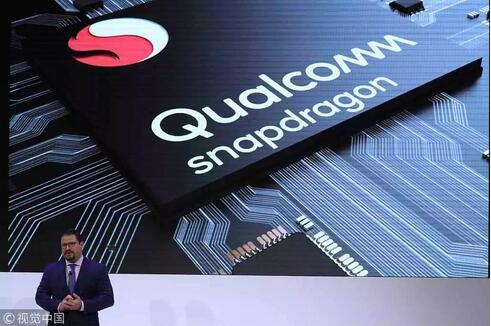
Even if you don’t use Qualcomm’s chip, you still pay for the mobile communication patent in Qualcomm. This is the patent dispute between Meizu and Qualcomm some time ago.
According to the data previously published by Qualcomm, for the equipment used and sold in China, Qualcomm China Standard Essential Patent (SEP) permits, and 3G equipment (including 3G|4G multimode equipment) is 5% of the net selling price of the equipment; 3.5% of 65% of the net selling price of the equipment, including 3-mode LTE-TDD, which only supports 4G.
When you buy a 4G mobile phone, such as Xiaomi MIX2s, which has just been listed, the starting price is 3299 yuan, and the patent licensing fee paid for Qualcomm is: 3299 X 65% X 5% =107.2175. According to public information, Qualcomm’s patent revenue in 2015 was as high as $7.947 billion, accounting for 2% of the total global smartphone revenue that year.
Qualcomm’s monopoly position in the field of communication has also caused antitrust investigations in many countries around the world. In 2013, China launched an anti-monopoly investigation against Qualcomm. In 2015, the National Development and Reform Commission announced the results of the investigation and imposed a fine of RMB 6.088 billion on Qualcomm, which was the highest single fine since the implementation of the Anti-Monopoly Law of the People’s Republic of China.
Mainstream mobile phone manufacturers
The chips are actually manufactured by TSMC.
It may be hard for you to imagine that the unique Huawei Hisilicon processor, which has always been regarded as a domestic mobile phone chip, is actually produced by TSMC. In fact, nearly 60% of the world’s chip foundry is completed by TSMC.
Prior to this, the design and manufacture of chips were all done by a company, which was called IDM in the industry, such as Intel and Samsung, which we are familiar with. The design, manufacture and sealing test of chips were all done by ourselves.
However, this model has a huge investment, on the one hand, the design and R&D costs are staggering, on the other hand, it will cost a lot of money to build a factory for production, so now the separation of design and production has become a popular trend in the semiconductor industry, and OEM and R&D are completed by different companies, that is, Foundry)+Fabless model.
Huawei Hisilicon belongs to Fabless mode, specializing in chip design, but not in production. Apple, Qualcomm and Spreadtrum belong to this category. TSMC is a company specializing in OEM production of chips, which is called Foundry in the industry, and Samsung is both IDM and Foundry. For example, the A9 processor on Apple’s iPhone 6s/6s plus is manufactured by TSMC and Samsung respectively. However, the subsequent Apple A series processors were handed over to TSMC.
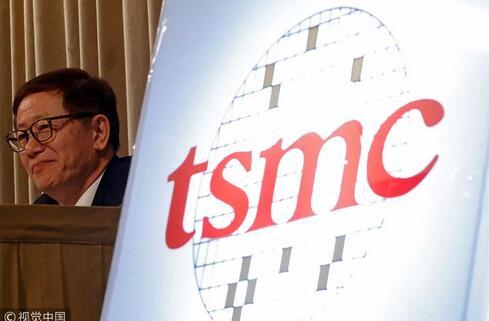
On April 13, 2017, Mark Liu, President and Co-CEO of Taiwan Integrated Circuit Manufacturing Company (TSMC), attended the investor conference/vision china.
The HiSilicon Kirin 970 processor just released by Huawei adopts TSMC’s latest 10nm process and integrates 5.5 billion transistors in nearly one square centimeter.
Why can’t Intel make a good mobile phone chip?
Intel has almost monopolized the global computer processor market, but it is hard to see Intel on the mobile side. Most mainstream mobile phone manufacturers use Qualcomm chips. In addition to Qualcomm’s own patent technology accumulation in the communication field, Intel’s own strategic mistakes are also an important reason for its absence in the mobile market.
Simply put, the instruction set of the chip can be divided into two parts: Complex Instruction Set (CISC) and Reduced Instruction Set (RISC), and the representative architectures are x86, ARM and MIPS respectively. Intel’s X86 architecture is based on complex instruction sets, while ARM is based on reduced instruction sets. Later, after Apple gradually developed its own architecture, it also used a reduced instruction set.
Complex instruction set and simplified instruction set are only different in technical means, and it is difficult to tell which is better or worse. Intel missed the mobile market for two reasons.
One is that it does not pay enough attention to the mobile market. At that time, at the beginning of the rise of smart phones, it was the time when Intel dominated the PC market. Its Core series processors swept away the previous decline and returned to the position of PC overlord. The popularity of PC makes Intel ignore the prospect of rapid growth of mobile market. At that time, Apple also intended to cooperate with Intel to produce processors for the iPhone, but it was later dropped.
Second, mobile devices are different from PCs. In PC field, high performance is emphasized, but power consumption is not high, while mobile devices must balance high performance and power consumption. On the PC processor, Intel uses X86 architecture, which has strong performance. However, after it is tried on the mobile terminal, Intel suffers from high power consumption and poor battery life.
In addition, due to the wide application of ARM architecture in the field of mobile phones, most Android applications are developed based on ARM architecture, and application compatibility is also a difficulty for Intel’s X86 architecture. Intel’s solution is technical means to make Android applications based on ARM run on its own X86 platform, but this is not as good as the native ARM.
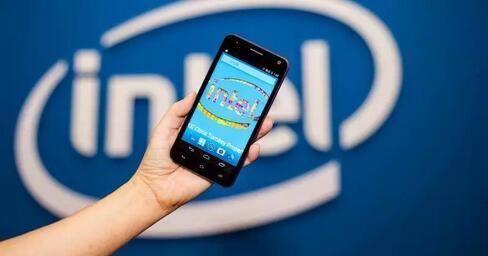
In the early years, Lenovo also used Intel’s Atom four-thread processor on its flagship model K900, yes, it was the one endorsed by Kobe. Full Metal Jacket and Intel’s high-heating core are an excellent substitute to warm your baby in winter.
Mainstream mobile phone chip
Most of them are based on the architecture of British ARM company.
British ARM company is a chip design company, formerly known as Acorn, which was founded in Cambridge, England in 1978. Since then, he has been engaged in the development of mobile phone chips, and designed chips for Apple’s PDA device "Newton" in the 1980s. In 1985, Aikang Computer developed a new processor with reduced instruction set, called ARM(Acorn RISC Machine), also known as ARM 1.
In 1990, Aikang Computer was in financial crisis, and the company was reorganized into ARM( Advanced Risc Machine) computer company, and was funded by Apple and chip manufacturer VLSI Technology. Due to the lack of funds in the early days of its establishment, ARM decided not to manufacture chips, and instead authorized the design scheme to other semiconductor manufacturers to manufacture them.

Since then, GEC Plessey in Britain has been authorized by ARM, and later Texas Instruments has also reached a cooperation with ARM. Now well-known semiconductor manufacturers including ntel, IBM, Samsung, LG Semiconductor, NEC, SONY, Philips, Atmel, etc. are the partners of ARM.
Now, almost all mainstream chip manufacturers are based on ARM architecture, namely the official standard micro-architecture "Cortex-A" of ARM, which is also known as the public design of ARM. When Huawei’s Hisilicon processor first came out, it was questioned that it used the ARM public version, but it could not be called domestic.
In 2016, Japan’s Softbank acquired ARM for 24.3 billion pounds. Based on the fact that almost all the mainstream mobile phone chips on the market adopt ARM architecture, you can also say that 99% of the mobile phones on the market are "Japanese goods":)
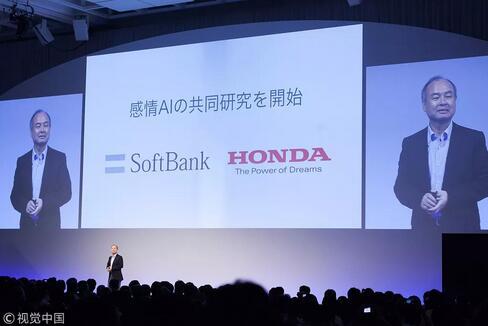
(Reporter Xue Xingxing)